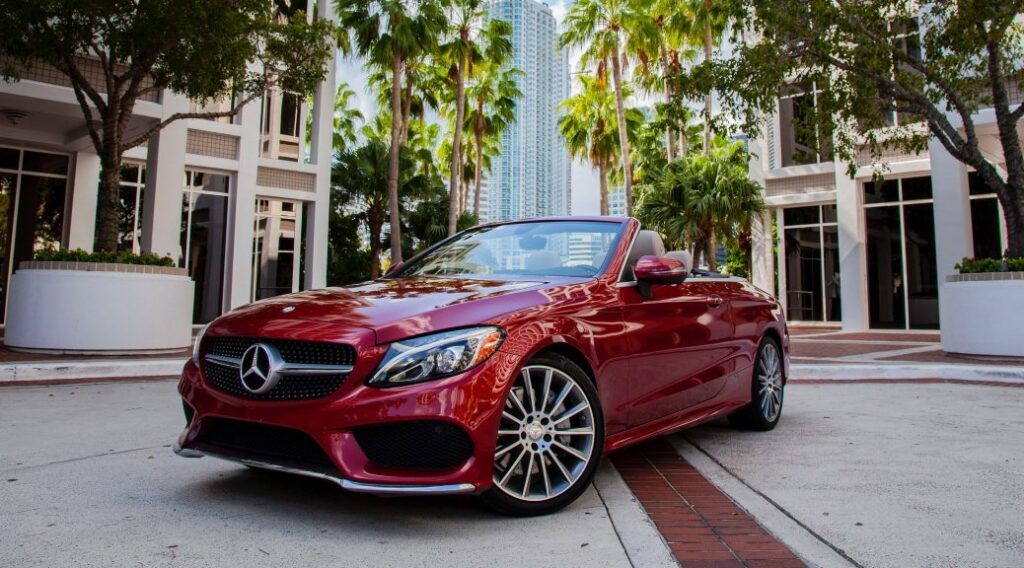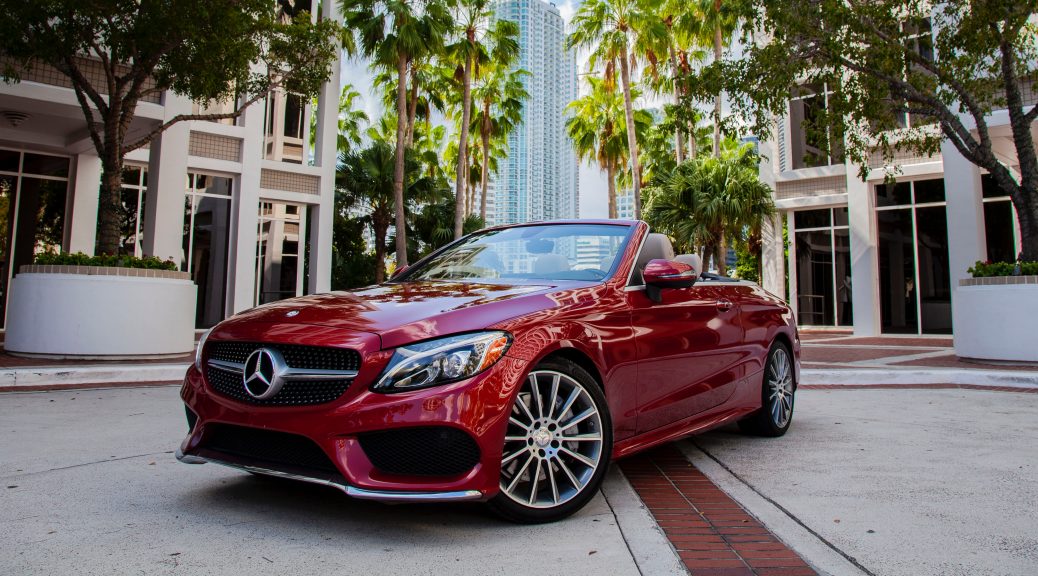
After searching for so long, finally, you’ve found your dream car. Everything checks out and the car is good to go. That glorious feeling of holding the title to your new ride is a feeling shared amongst virtually all motorists. You head down to the DMV or registry to register your vehicle, but uh oh, you forgot the most important thing AFTER your title: your proof of insurance.
Not a big worry, you can pretty much waltz into any brokers’ office during work hours and come out with proof of coverage for your new car in under an hour. But what kind of coverage do you need? Many factors go into selecting an insurance company and coverage. Everything from how often you’ll be driving to how old the vehicle is.
First thing’s first: what are you driving? If it’s a brand new RS6 Avant you just bought, you might be interested in full collision coverage. Did you just inherit grandma’s 1994 Honda Accord with 270,000 miles and rusted out quarter panels? Well then, you might want the minimum third-party liability coverage.
What’s the difference? The long and short of it is full collision protects your car in the event of an at-fault accident. Say you hit a car and it’s your fault. You’ll most likely incur some sort of penalty from your insurer (i.e. increased premium, deductible), but you’ll have your car repaired if fixable, or be paid out in the event your vehicle is totalled. This may be worth it for high-end/ rare and expensive vehicles. Without it, you’d be paying for the repairs out of pocket. Minimum third-party liability does the opposite of full collison. In the event of an at-fault accident, you are liable for damages to your own vehicle, while your insurer will pay out/ repair the other driver’s vehicle. You end up saving more money with a minimum third-party liability policy. Good for beaters (read “hoopty”) and cars that have reached the absolute bottom of their depreciation curve.
Secondly, how often are you driving? If it’s your daily driver, you shouldn’t have much trouble finding an insurance provider. Most have a range of what is an acceptable amount of mileage a vehicle should rack up driving to work and back every day. On average, this is between 12,000 and 16,000 miles a year. Most of us fall between those numbers, but if not, your premium may be a little more expensive than others. Is it a classic car you only pull out twice a month to drive to shows and the occasional cruise? It might be worth it to look into classic car insurance. These policies are usually dirt cheap, providing you don’t drive the car very often.
Depending on the insurance provider, there may be extras that are covered in your policy. Here in Florida, we see very tropical weather. This means hurricanes and violent thunderstorms are to be expected. Look into coverage for falling objects (i.e. trees), storms, hurricanes, and flooding. If your vehicle is being repaired for insurable damage, you might also be entitled to a rental vehicle, covered by your insurance. Many of these additional things are usually included with full coverage policies, but sometimes they are also offered with less frivolous policies as well. Always ask your broker for as much information as they can give you. Most insurers have 24 hour lines, so you’ll never be without the help of your insurance provider.
Pricing. Pricing. Pricing. Most insurers have their own standards of pricing when it comes to providing coverage, and this is all dictated by two main factors. Age and driving record.
If you’re under a certain age (25 in most places), expect to pay a higher premium than those over that age limit. Insurers say they find young people more prone to speed and drive recklessly, thus making them risk to insure. For this risk, insurance providers feel they need to charge more to offset potential claims in the future. Seniors (55 to 65+) usually see the opposite of that. They tend to receive lower rates and are sometimes offered better coverage for cheaper than most motorists due to the average of “low-risk” behaviour being shown in this age group.
Receive any speeding tickets or file a few accident claims in the past few years? These will definitely have an affect on your yearly premium, and not in a good way. Insurance providers use your driving record as a means to assess your risk level. More tickets means higher risk. Higher risk means a more expensive policy. But if you can tough it out for a few years and clean up your act in the meanwhile, most insurance companies will reduce your yearly premium. With time, you can significantly reduce how much you pay for car insurance. Not to mention, high-risk driving is dangerous to all. Stop driving like an idiot.
Insurance is important. It keeps you road-worthy and out of trouble. It also provides you with a means to repair your car in case the unfortunate does happen. Choose a policy wisely, and make sure it fits your needs and won’t leave you high and dry when you most need a hand. Stay safe out there.
